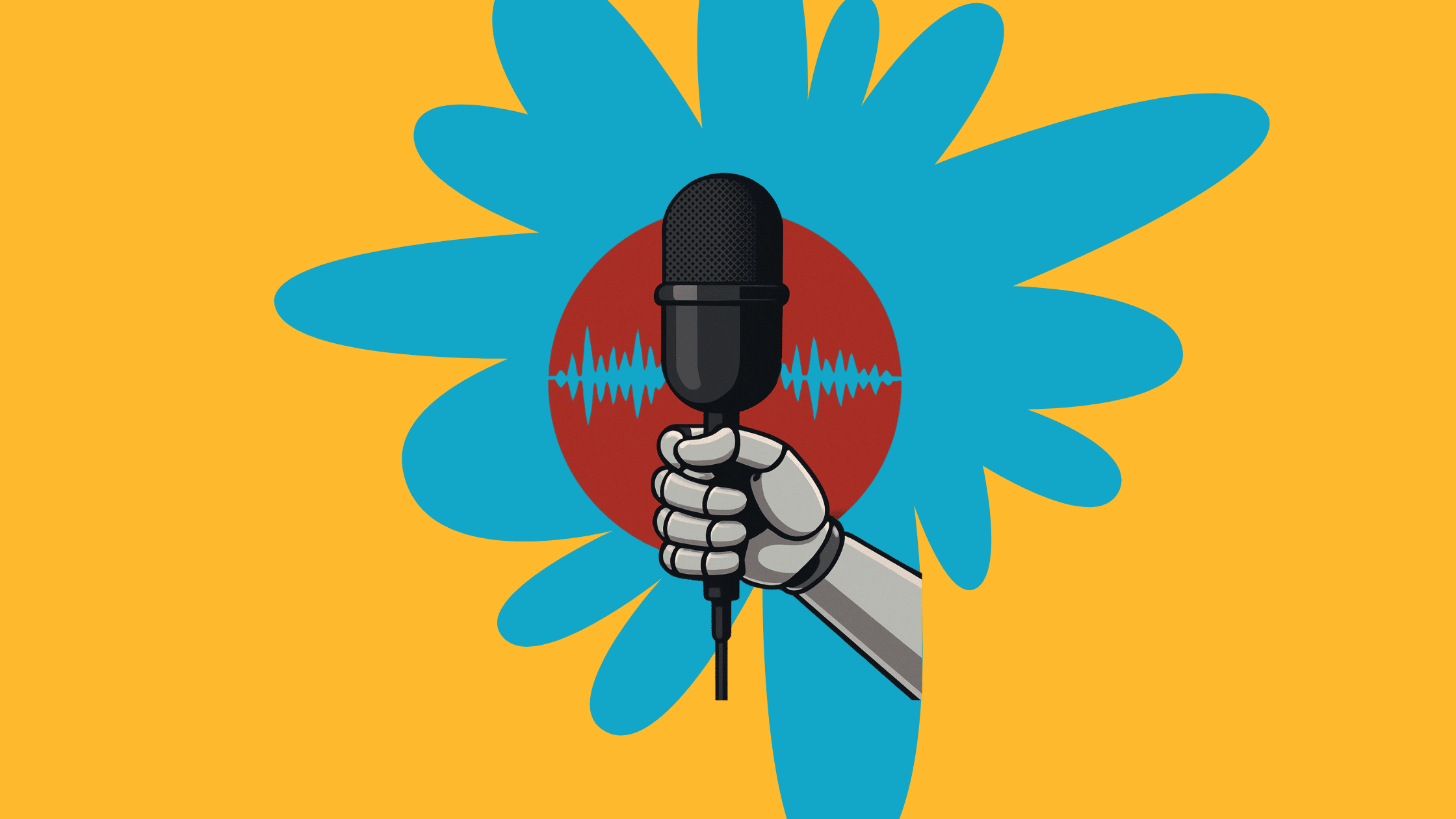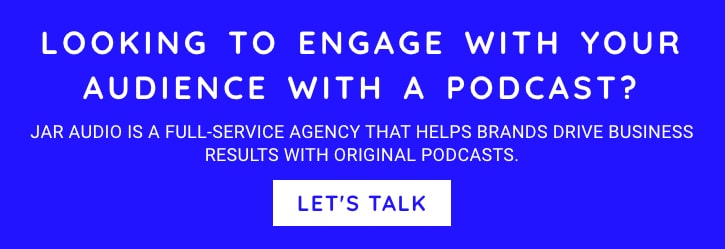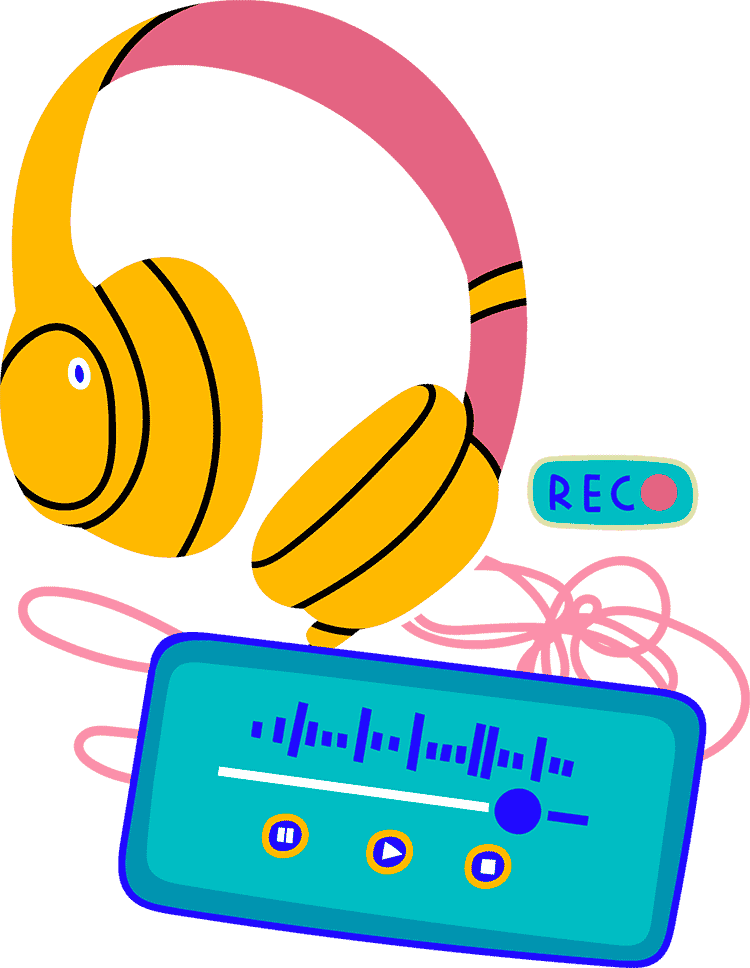Why the best branded podcasts still start with human strategy.
The promise of AI in podcasting is seductive. Instant transcripts. Automated clips. Blog posts at the push of a button. And for time-starved marketers, tools like Descript and ChatGPT can feel like the shortcut we’ve all been waiting for.
But here’s the thing: speed isn’t strategy.
We’re seeing a wave of brands rush to automate podcast production — hoping to trim timelines and budget. Fair enough. But in the race to streamline, many are forgetting the most valuable thing a podcast delivers: trust. And trust isn’t built by automation.
Here’s our POV at JAR: AI is a tool. Your brand voice is not.
How AI is (legitimately) improving podcast workflows
We use AI every day, and we love it. Not for replacing people, but for amplifying them. Think of it as creative leverage.
Here are three use cases where AI adds real value:
- AI-assisted clip generation: Tools like Descript’s auto-highlights help us quickly pull compelling snippets from longer episodes. Perfect for social teasers and driving listenership.
- Automated transcripts: Clean, accurate transcripts are SEO gold. AI tools get us 90% of the way there — faster and cheaper than manual typing.
- Content repurposing: By feeding transcripts into ChatGPT, we can spin out summaries, blog drafts and episode guides. All with a human editor’s touch, of course.
What this means is more time for what matters: storytelling, creative development, analytics analysis, and aligning with your business goals.
But here’s where AI falls short — every single time
A podcast isn’t just content. It’s a branded experience. And when the job is to deepen connection with your audience, there are three things only humans can deliver:
- Brand tone: AI can mimic a voice, but it can’t feel your brand. Think of Cirque du Soleil — when we helped them launch Cirque du Sound, every sonic decision had to reflect their surreal, poetic world. No AI can replicate that nuance.
- Audience insight: What keeps your customer up at night? What stories will earn their attention? That requires research, empathy, and strategic listening — not just keywords and prompts.
- Editorial direction: Knowing which stories to tell (and which to skip) is an editorial judgment call. It’s how we’ve helped clients like Amazon, Wharton, and RBC turn complex topics into must-listen episodes that serve a business objective.
AI can help us move faster. But faster isn’t the goal. Better is.
So what’s the smart way forward for brand leaders?
Don’t choose between AI or humans. Use both — intentionally.
At JAR, we integrate AI where it makes sense. But the core of our work? Strategy. Audience understanding. Narrative craft. Because that’s what drives brand impact.
If you’re thinking about launching or evolving a branded podcast, ask yourself:
- What job does this podcast need to do for our brand?
- Who are we speaking to — and what do they care about?
- How can we use AI to unlock efficiency, without losing meaning?
And if you want help answering those questions, we’re here to chat.
Final thoughts: A statistic to takeaway
71% of listeners say they feel more connected to a brand after listening to its podcast. But only if the content is authentic, relevant, and well-produced. [Source: Edison Research, 2023]
Want more smart thinking on audio strategy? Subscribe to JAR’s Newsletter and receive sharp takes, real examples, and zero fluff right to your inbox.
Roger transitioned from a 22 year career in advertising account management to co-founding JAR, a podcast podcast production agency. As CEO of JAR, he propels the company’s growth by prioritizing audience engagement and podcast marketing. Under his guidance, JAR flourishes with a global clientele, aiming to broaden its reach across North America and revolutionize brand connections through immersive storytelling.



